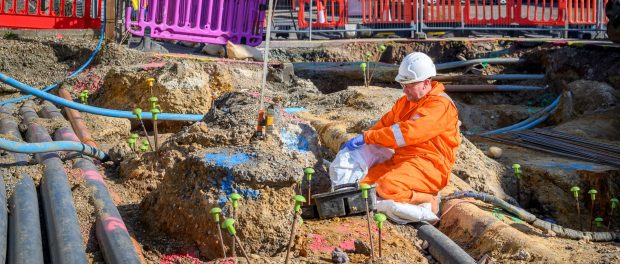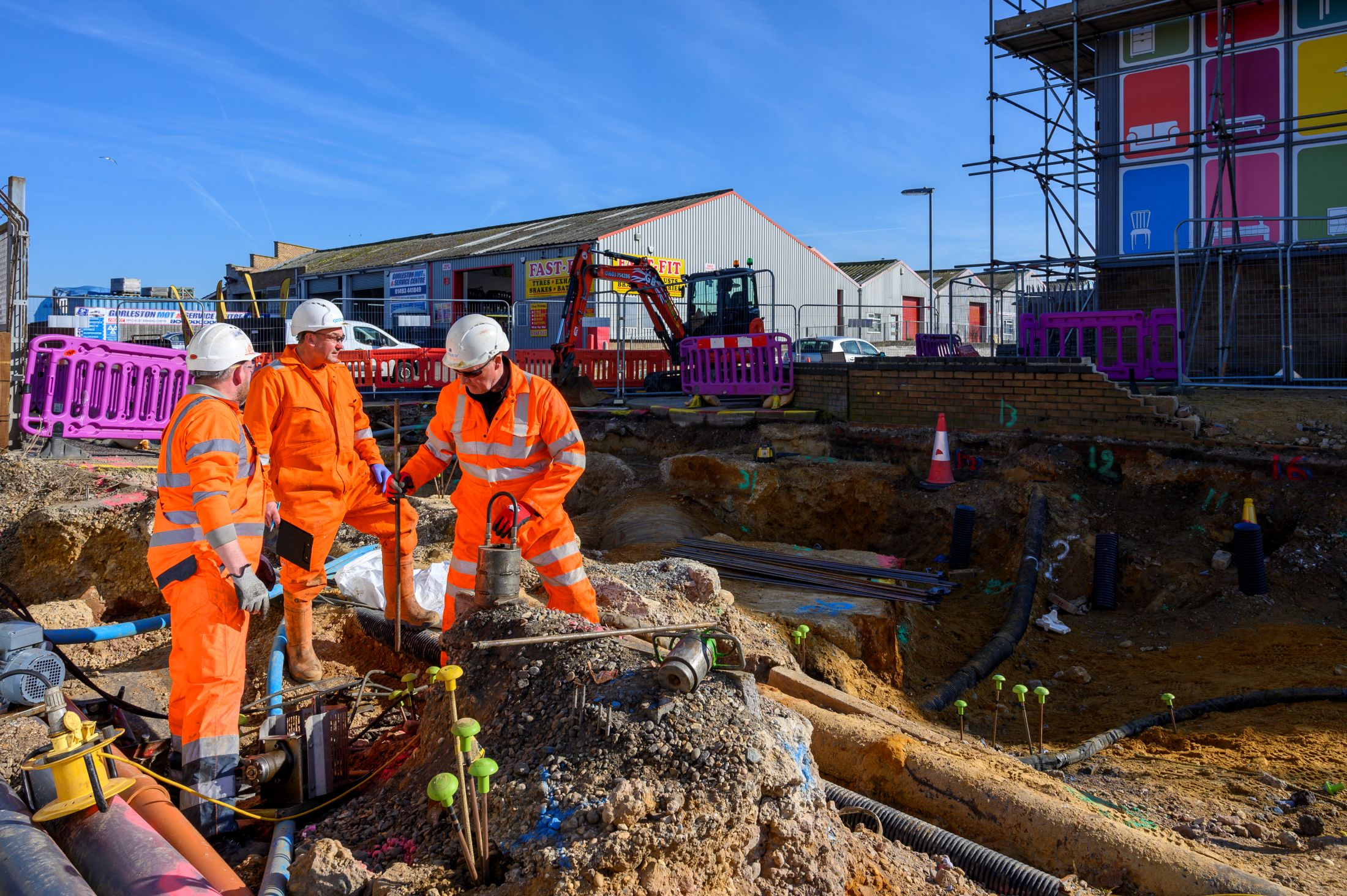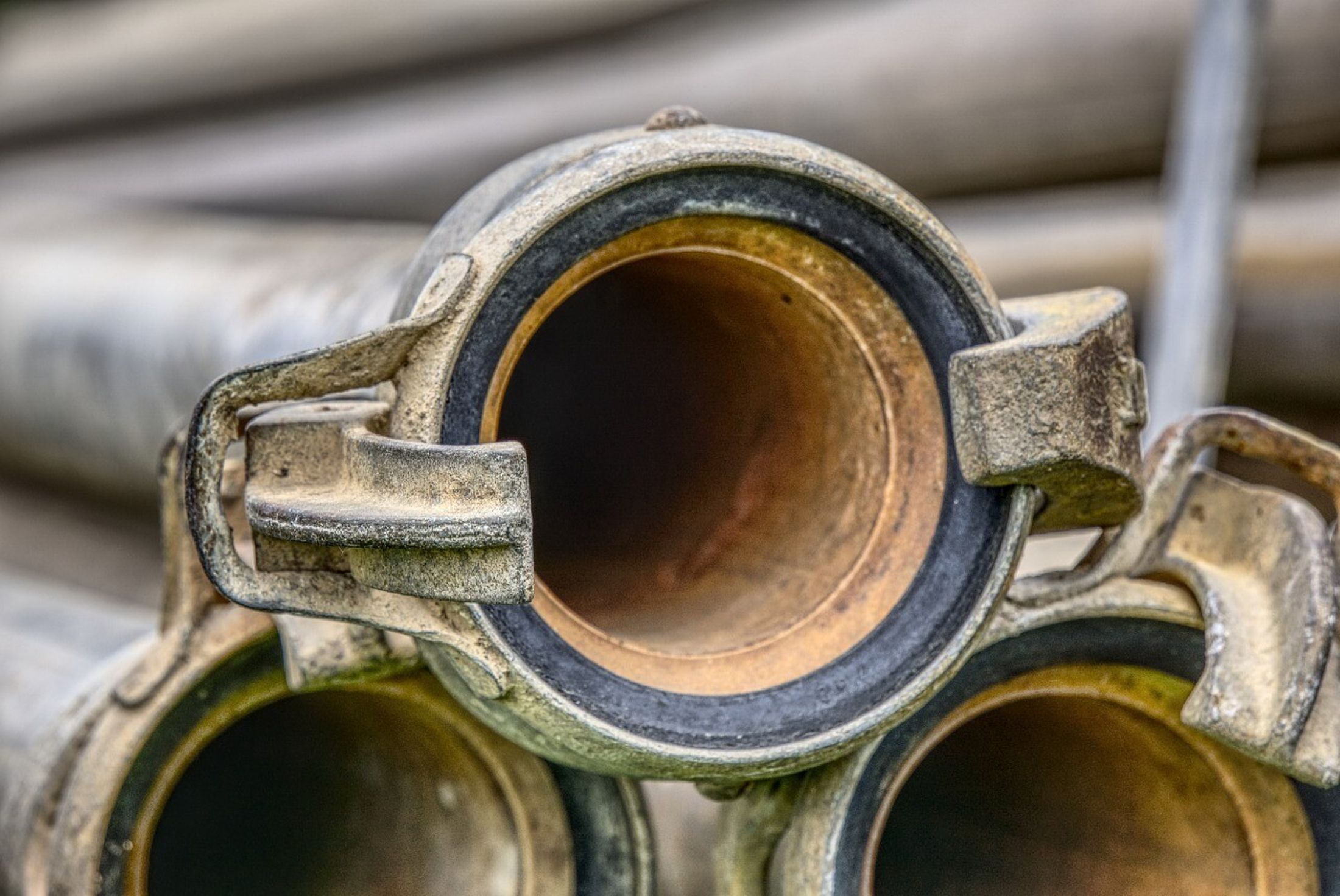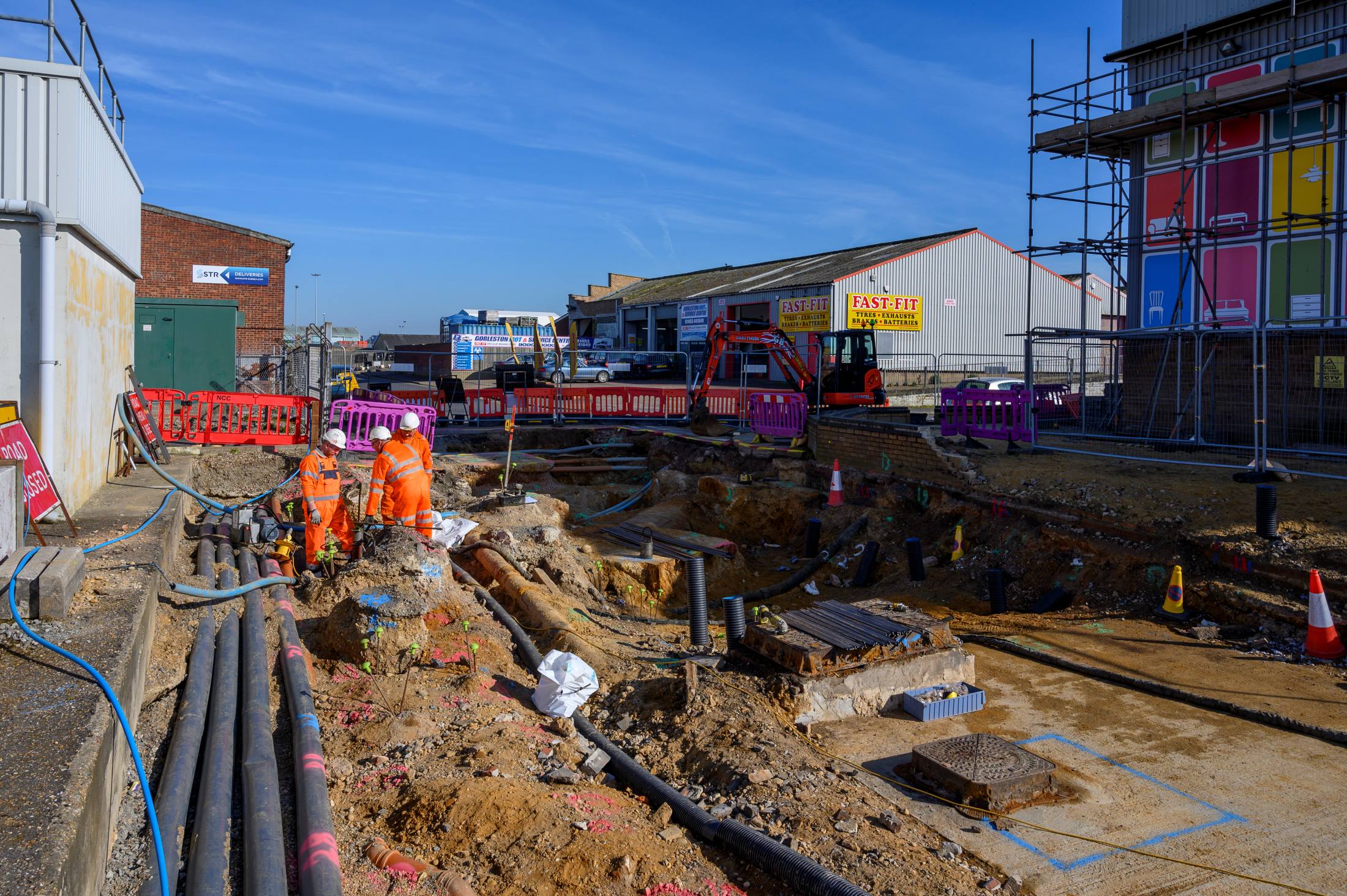Tackling the hidden threats to utility infrastructure: How proactive solutions enhance utility visibility and mitigate disruptions

Every day, millions of people depend on an intricate web of unseen infrastructure to power their homes, provide clean water, and keep essential services running. Yet beneath our feet, shifting ground threatens to disrupt these critical networks, often without warning. Even a minor pipeline leak can trigger cascading failures, service outages, and frustrated customers.
Here, Paul Garthwaite, UK Director (Infrastructure and Commercial) at ground engineering specialist Geobear, discusses how proactive maintenance enhances utility visibility by reducing disruptions, costs, and improving service reliability.
With the UK’s water supply network spanning over 300,000 miles and the wastewater system covering another 220,000 miles, the scale and complexity of maintaining this infrastructure is vital. As demand for reliable, sustainable services increases, utility companies face unprecedented challenges in ensuring operational resilience and future-proofing critical networks.
The impact of settlement on utilities infrastructure
Settlement — a downward movement of the ground due to soil compression or subsurface changes — poses a significant threat to these utilities. Settlement is a natural but disruptive process where the ground beneath pipelines shifts, placing stress on pipe joints and leading to blockages, backups, leaks, and flooding.
As the soil compacts unevenly, pipes can develop “bellies,” low points where water and sewage accumulate. This disrupts the intended flow, causing pressure imbalances that can lead to pipe leaks. Persistent leaks can erode the surrounding sediment, gradually undermining the pipe’s foundation.
Environmental factors further intensify settlement risks. The 2022-2023 report from Thames Water shows how extreme temperatures exacerbate the problem, particularly in regions with high clay content.
During the summer of 2022, London experienced prolonged drought and record-breaking heat of 40 degrees Celsius. In response, the clay-heavy soil contracted, shrinking by up to 10 per cent in volume.
This movement caused pipes to shift, crack and leak at an accelerated rate. As a result, Thames Water fell short of their 2022/23 leakage target. With rising maintenance costs and lost water supply, the financial impact was substantial and Thames Water fell short of its profit targets.
If left unaddressed, settlement can lead to large-scale disruptions. Burst pipes have the potential to cut off mains water supply to entire communities, causing extensive road closures and even forcing residents to relocate.
Damaged water and sewage pipes can also lead to sinkholes. In February 2025, a sinkhole opened in Godstone, Surrey, UK, causing the collapse of a 65-foot stretch of road and forcing the evacuation of 30 homes. Repairs are expected to take a year. Godstone sits on well-sorted, cross-bedded sands and weakly cemented sandstones from the Lower Cretaceous period, which are highly erodible.
According to British Geological Survey geologist Andrew Farrant, the sinkhole was likely caused by multiple factors, including a burst water main and the presence of an old sand mine near the site. Soon after, a second sinkhole appeared, further proving the dangers of delayed intervention.
It is critical to address settlement proactively, in order to prevent such large-scale disruptions. Early warning signs, such as ground depressions, must be monitored, particularly in vulnerable areas with soft soil or a history of flooding. Traditional methods for repairing damaged pipelines rely on excavation, which is time-consuming, disruptive, and carbon intensive.
An alternative solution is geopolymer resin injection, which involves drilling small holes to inject the material into the ground. The material follows the path of least resistance, filling voids, compacting, and stabilising the soil. This process helps level and lift the ground, as well as stabilising the surrounding pipework.
This method has several advantages: it produces lower carbon emissions, requires lightweight equipment and minimises material use for reduced overall environmental impact. Additionally, it is significantly faster than excavation, which allows for rapid stabilisation with minimal disruptions to communities and infrastructure and potential cost savings.
A success story
A notable example of this approach’s effectiveness took place in Great Yarmouth, Norfolk, UK. A road and its surrounding sewer system experienced significant settlement, which had been caused initially by flash flooding. Located in a busy town centre, severe ground settlement resulted in sections of road and sewer pipes dropping by 100 to 200 mm, compromising their structural integrity.
The flash flooding, combined with the area’s very loose ground conditions, caused the washout of unconsolidated soil around the pipe. As the surrounding soil weakened, sewer joints began to bow and fail, leading to further erosion and a cycle of leakage and ground loss. Traditional excavation was not a feasible solution due to the extensive disruptions it would cause, which would include the need for temporary works and prolonged road closures.
Faced with this challenge, Anglian Water, which supplies over seven million customers across the East of England, sought an alternative approach. Given the site’s constraints, it turned to Geobear’s geopolymer injection technology, a method that stabilises the ground without the need for disruptive excavation.
Since this was the first time geopolymer technology had been used for permanent ground stabilisation beneath a sewer system, PLAXIS modelling was employed to predict the expected outcomes. PLAXIS is a specialised software used to analyse subsurface environments, including soil behaviour, rock formations, and overall ground stability.
During the design phase, Building Information Modelling (BIM) software was integrated to ensure precise injection placement. BIM created a detailed 3D model of the settlement area and overlaid Geobear’s treatment plan, allowing for accurate injection positioning while preventing clashes with underground services. The integration of geopolymer injection design into a BIM model marks an industry first.
To restore stability, geopolymer resin was injected at depths to 7.5 meters, reinforcing the soil and realigning the pipeline. The treatment’s effectiveness was confirmed through post-injection standard penetration tests (SPT), which showed a significant increase in soil density from 0–1 (very loose) pre-treatment, to 5–15 (medium) post-treatment. This threefold improvement ensured long-term stability and reduced the risk of future settlement.
A new approach to safeguarding utilities
The future of safeguarding utilities lies in proactive servicing. Periodic surveys can assess ground movement and pipeline stability, allowing for intervention before major issues arise. In areas with a history of settlement, particularly those with unconsolidated ground or high clay content, targeted treatment can be carried out in a matter of days, preventing months of disruption.
The ability of a utility company to respond effectively to settlement is a direct reflection of its visibility and reliability. Companies that prioritise proactive intervention, reduce disruption, and invest in modern solutions like geopolymer injection will be better positioned to maintain service continuity and public trust.
To learn how geopolymer technology is being used to safeguard utility infrastructure, visit its case studies page.



